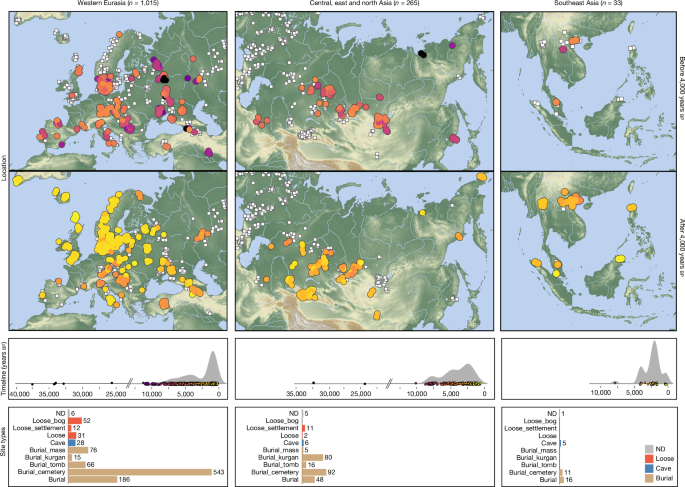
"Pathogens have been a constant threat to human health throughout our evolutionary history. Infectious diseases are estimated to have been responsible for more than half of all children deaths before age 15."
"The agricultural transition during the Holocene facilitated pathogen transmission and persistence within populations, leading to increased infectious disease mortality."
"Technological advances like horses and carts increased mobility and the risk of disease transmission between populations, possibly leading to the first epidemiological transition."
"Recent advances in ancient DNA techniques allow for direct genomic evidence of past microbial infections, enabling reconstruction of complete ancient pathogen genomes."
Pathogens have historically posed significant threats to human health, with infectious diseases causing high child mortality prior to 1850. The Holocene agricultural transition increased community size and pathogen transmission. Advances in technology facilitated disease spread, marking a notable epidemiological shift. Moreover, ancient DNA techniques have enhanced understanding of past infectious diseases by providing genomic evidence, offering potential insights into the evolutionary history of pathogens and their effects on human populations.
Read at Nature
Unable to calculate read time
Collection
[
|
...
]